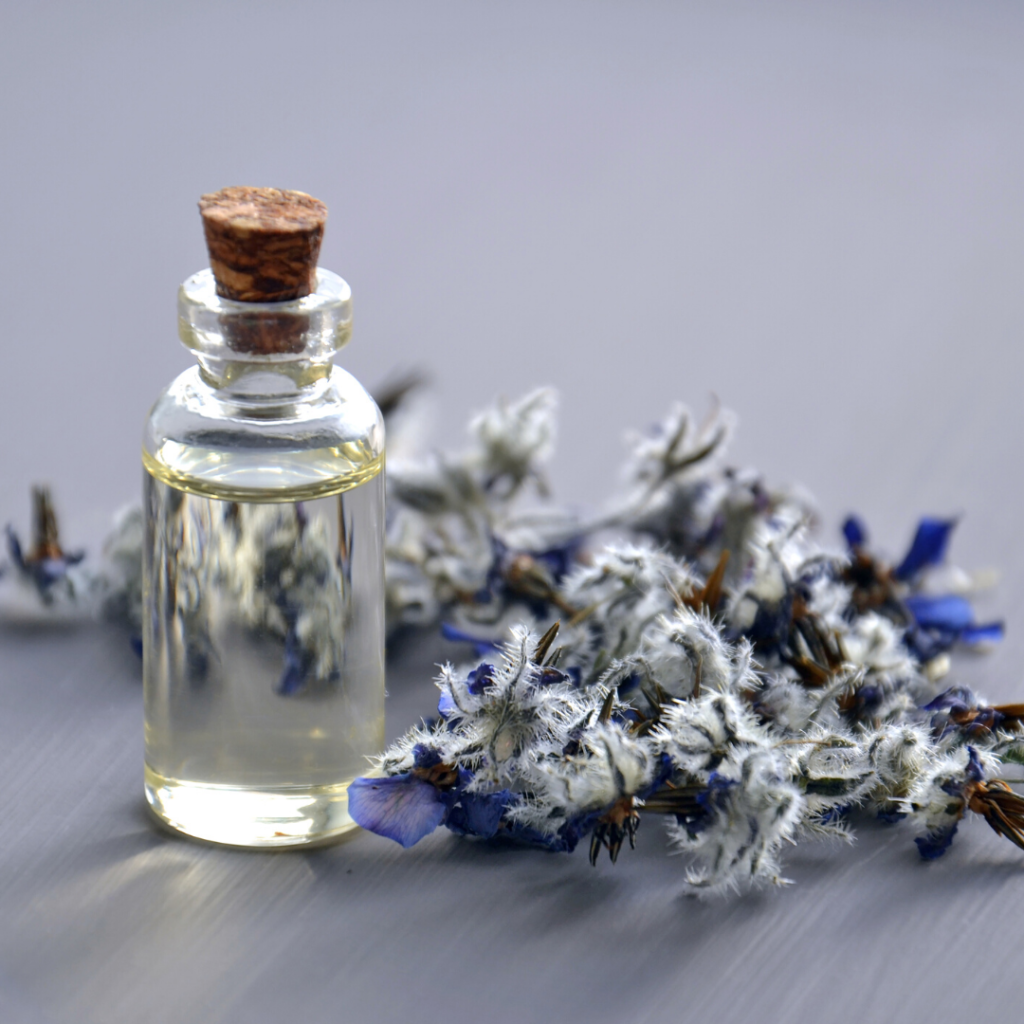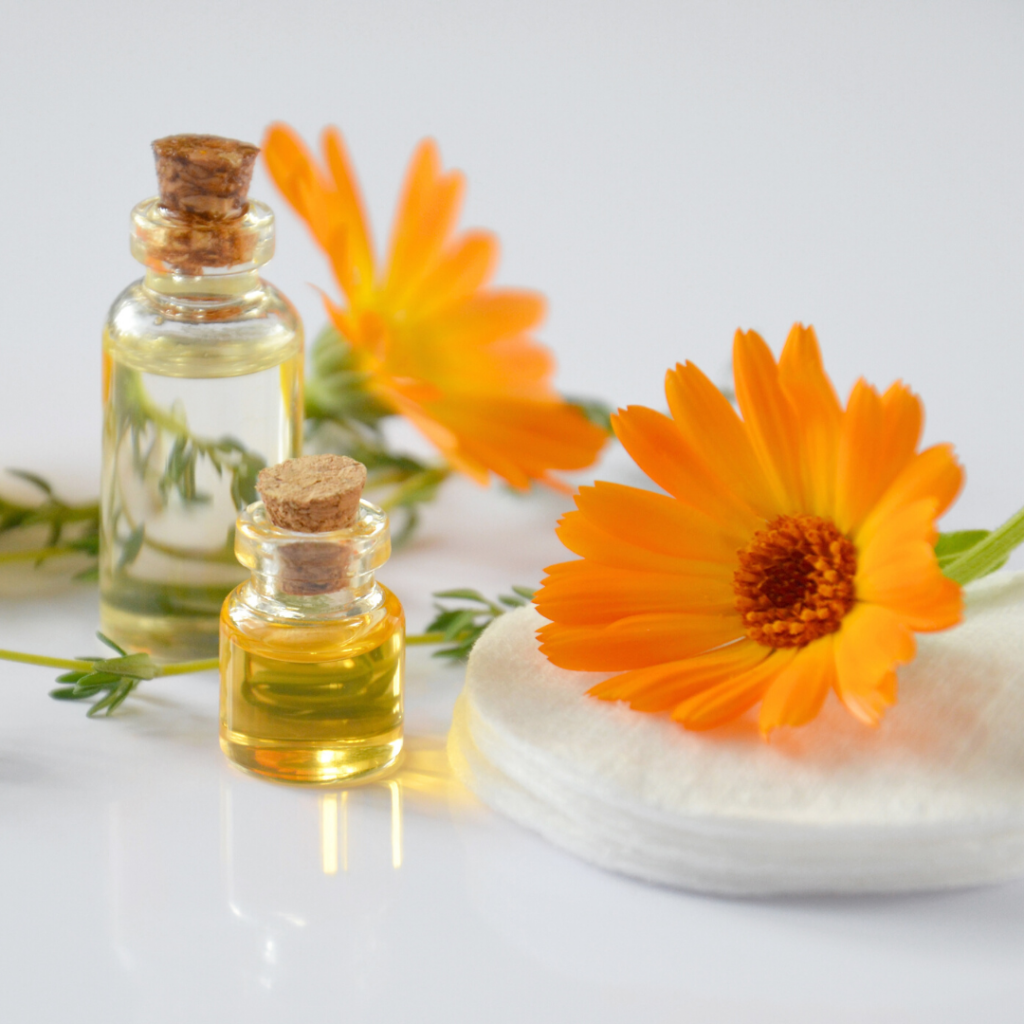There are approximately 80,000 chemicals registered for use in the U.S. Many of these are harmful toxins that exist in cleaning supplies. As we dust and deodorize in our Spring Cleaning, we are exposed to these products that are laden with poisonous ingredients. They can have damaging effects on the skin and respiratory system. Even the most common cleaning supplies, such as laundry detergent and dishwasher soap, contain damaging chemicals that can pose threats to our health.
The first step in reducing household toxins is to note which products to avoid. Let’s take a look at some examples of what we could easily purge from our cabinets…
Toxic cleaning supplies to avoid include:
- 1. Bleach
- 2. Glass cleaner
- 3. Conventional laundry detergent
- 4. Drain cleaner
- 5. Chlorine-based dishwasher soap
- 6. Conventional air fresheners
- 7. Conventional candles

After we rid our homes of these toxic products, we can begin to restock our cabinets with nontoxic cleaning solutions, one-by-one. There are many non-toxic products and do-it-yourself solutions that we can use to clean our homes without risking our health. Most household cleaning can be done simply with vinegar, baking soda, hydrogen peroxide, and water. Sometimes we just need a little motivation to do it the old-fashioned way, and a little know-how to make everything smell good!

DIY Solutions
Many common household items and cooking supplies double as cleaning agents. Baking soda, lemon juice, and vinegar are examples of nontoxic ingredients that can naturally disinfect, deodorize, or even remove stains. Here are three homemade cleaner recipes to get you started:
Sink or Tub Scrub
- • 1 part baking soda
- • 1 part water
- • 1 part liquid Castile soap
In a bowl, combine all ingredients and stir. Any leftover cleaner can be stored in a sealed glass jar, but be sure to leave room for expansion.
Glass Cleaner
- • 1/2 cup white vinegar
- • 1/2 cup water
- • Essential oils or lemon juice (optional for scent)
To a spray bottle, add all ingredients. Tighten the cap and shake to mix.
Laundry Fabric Softener
- • 3 cups white vinegar
- • 1/4 cup rubbing alcohol
- • 20 drops natural scent or essential oil
In a glass jar, combine all ingredients. Secure the lid and shake to mix.

Essential Oils
Essential oils have a variety of uses as deodorizers and purifying agents. Many oils can be added to the DIY cleaning recipes to enhance the cleaning power and provide a great scent. We are partial to Doterra oils; however, there are many other good brands, such as: Young Living, Plant Therapy, and Revive Essential Oils.
Did you know, germ-fighting oils include tea tree, eucalyptus, peppermint, and thyme. Lemon oil and wild orange oil act as great cleansers and grease fighters. These oils will help keep our homes clean, and the scents offer a therapeutic effect to cleanse our bodies and minds as well.
Final Tips
To go a step further, a few more steps we should take in spring-cleaning involve addressing any other pollutants in our homes. Here are some final tips for eliminating toxins this season:
- 1. Check faucets and pipes for leaks that could cause mold (under cabinets and in basements).
- 2. Store food in glass or stainless steel storage containers. Recycle your old plastic.
- 3. Replace air filters in the HVAC unit regularly, and use an air purifier in the living room or in your bedroom, where you spend the most time.
- 4. Use natural candles, such as those made from soy or beeswax, without lead in the wick, if possible.
- 5. Open windows frequently to ensure adequate ventilation and better indoor air quality.
Of course, even the cleanest of homes can use a spring cleaning detox. By being more mindful about what products we use to clean our homes and workspaces, we can be clean and healthy inside and out!


